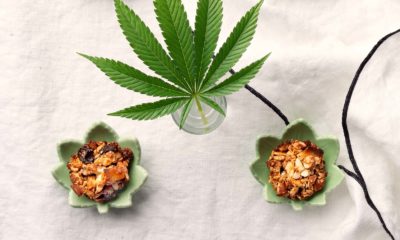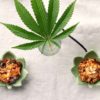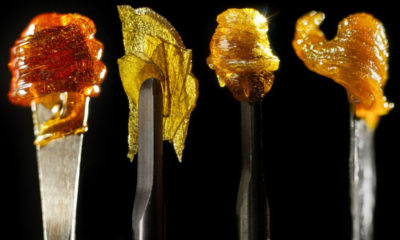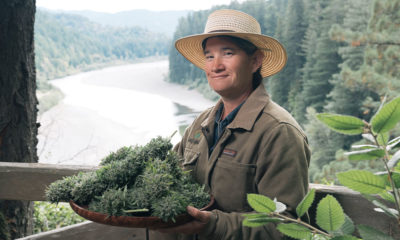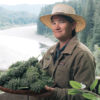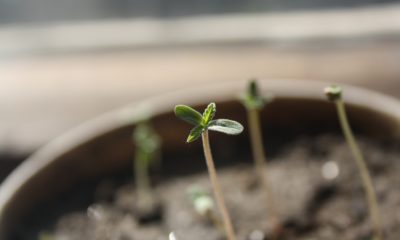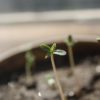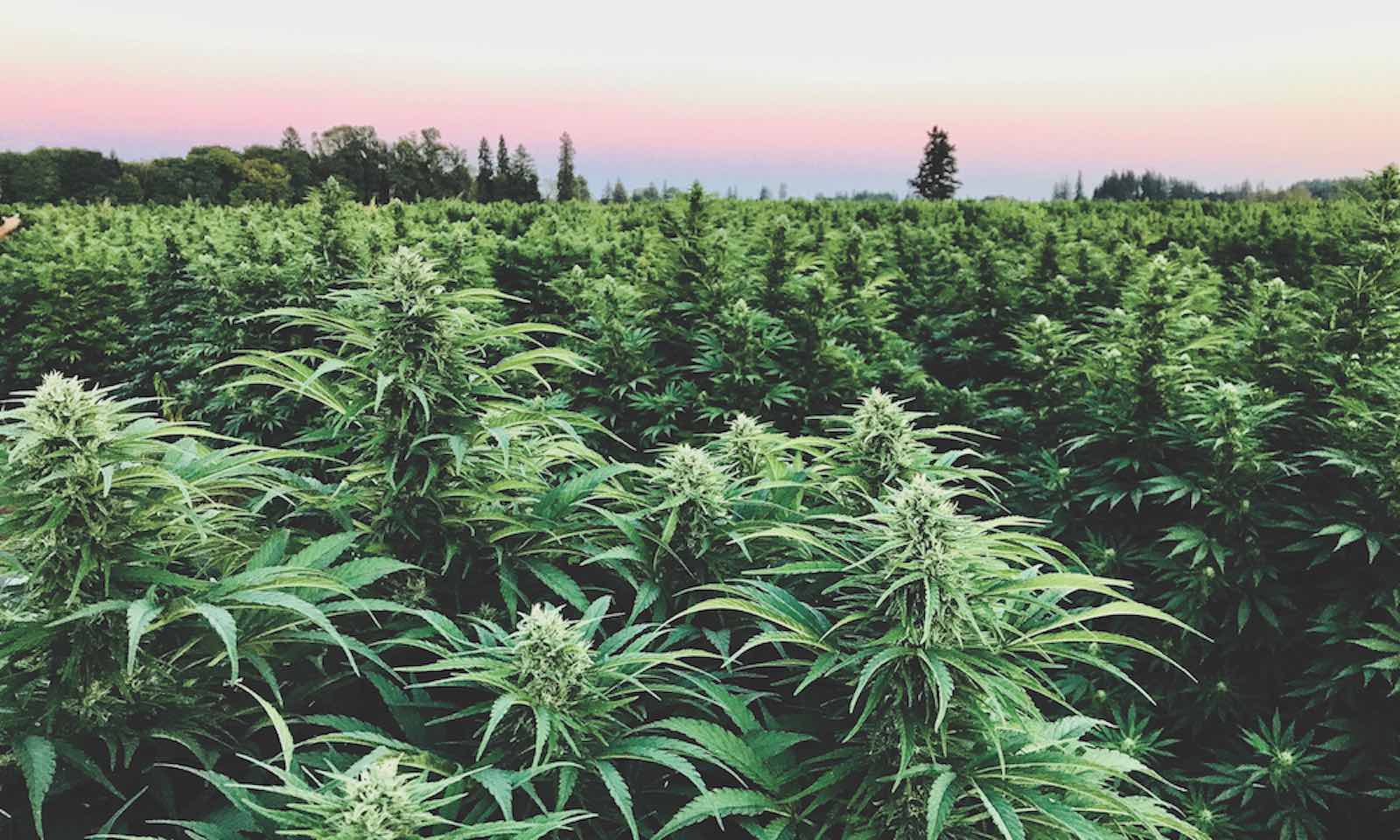
Cultivation
Breeding for Cannabinoids: The CBG Seed
Forget strain names, this Oregon company crafts hemp seeds with one cannabinoid in mind.
It’s early on a mid-March Friday morning at the Oregon CBD headquarters, outside Corvallis, Oregon. The company’s co-founder, Eric Crawford, is breaking up a piece of intimidatingly frosty cannabis as I watch with apprehension.
“Don’t worry, it’s only hemp,” Crawford jokes as he packs the flower into the bowl of a glass pipe. “It has no measurable THC or CBD, but about 15 percent CBG and it really helps with staying focused.”
Fridays are usually filled with non-stop meetings at the industrial hemp seed firm, especially as the cannabis growing season approaches. Clients travel from across the nation to sit down and pick the two brains behind the business: Eric Crawford and his co-founder and brother Seth Crawford. The brothers admit that with the barrage of questions visiting clients often lob their way, sometimes a little help with focus can go a long way.
While their innovative early-finishing, CBD-rich strains have brought them success in the past, the duo has spent the last two years working to stabilize the nation’s first production-ready, CBG-dominant varietals in seed form.
CBG, the non-intoxicating cannabis compound whose full name is cannabigerol, has been garnering attention for its promising effects in the treatment of a wide variety of medical conditions.
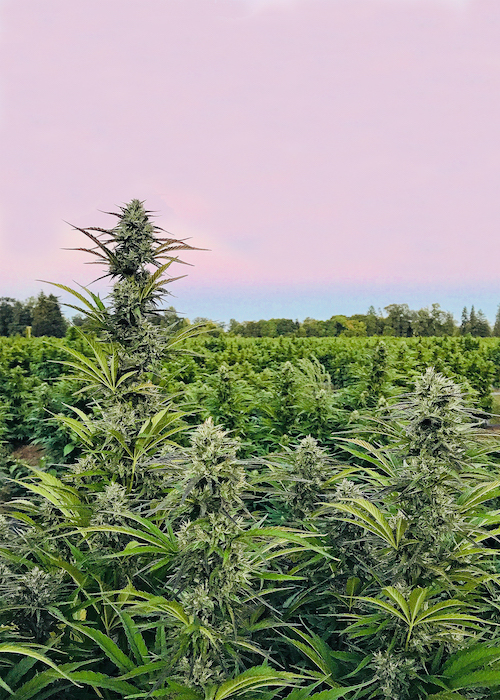
According to multiple studies from researchers investigating its potential as a palliative, CBG works to fight inflammation, pain and nausea, and is showing potential in terms of slowing the proliferation of cancer cells. Research has shown it also significantly lowers the intraocular eye pressure caused by glaucoma. Strains high in CBG also could be beneficial for treating conditions such as inflammatory bowel disease, Crohn’s disease and cancer.
In cannabis plants, CBG is essentially the stem cell, or chemical precursor, of many other cannabinoids, and is present in virtually all cannabis plants in their early stages of flower. As the plants mature, CBG morphs into any number of the 113 currently known cannabinoids, such as THC and CBD.
Back at Oregon CBD, I inspect a fragrant nug of the “White Series,” the company’s initial strain offering into the soon-to-be-blossoming CBG market. Out of the four phenotypes of the series, we pass back and forth #103. The flower is coated thick with crystals, speckled with vibrant orange hairs and its terpene profile oozes sweet skunk. It’s hard for me to fathom how something frosted so heavily in trichomes is THC free.
My first hit produces smooth smoke that coats my mouth with sweetness. I’m not drooling high, but I feel an immediate calmness sweep my mind. It slowly gives me a boost of energy, like a cup of coffee without the anxiety.
“It’s a more profound experience than CBD, and while it does not fall under the umbrella of ‘psychoactivity’ like THC does, it does produce a noticeable head change,” Seth says. “It’s perspective-altering.”
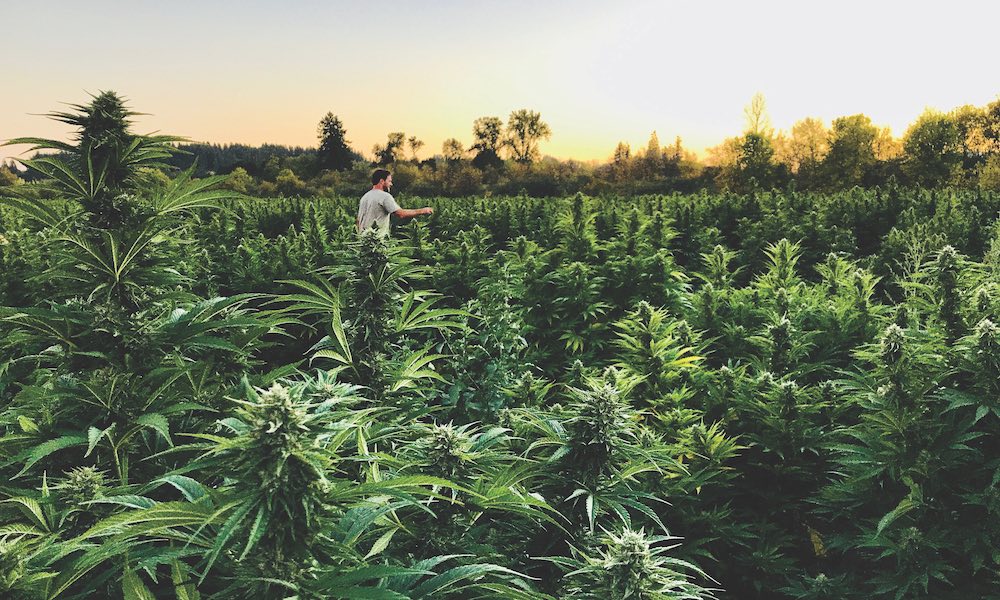
For the Crawford brothers, breeding a CBG-rich flower was only half the challenge. Their company focuses on breeding seeds ready for cannabis farmers looking to cover anywhere from a few to hundreds of acres.
“We conduct rigorous laboratory testing and large-scale field trials on everything we produce,” Seth says. “It takes many years to develop these lines in a way that creates a uniform crop at any scale.”
In recent years, Oregon CBD’s breeding program has sparked national and international attention for a long list of breakthroughs in the industrial hemp industry. In 2018, Seth spoke at the Emerald Cup, as well as at the CannMed conference at UCLA, giving viewers insight as to how they have isolated specific traits and compounds for their seed stock.
“Good breeding is no secret, it’s just a lot of hard work and it takes years of research and development to accomplish,” Seth says.
When asked about the flood of hemp seed stock hitting this year’s market, the brothers both laugh.
“Good breeders are not people who just take two plants they like and cross them to get some ‘good stuff,’” Eric says. “Good breeders are people who take the time and make a plan, they create specific inbred lines to reach a target. But overall, it’s not rocket science.”
Originally published in the print edition of Cannabis Now. LEARN MORE



